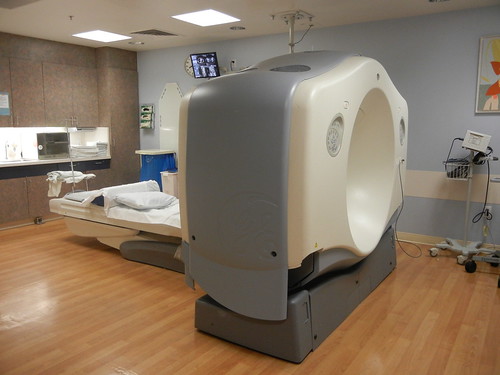In the United States, strokes are becoming more common, with
three percent of the population having experienced one.
There are two types of stroke: hemorrhagic and ischemic. A
hemorrhagic stroke happens when a weakened blood vessel ruptures while an
ischemic stroke occurs as a result of a blockage in a blood vessel that supplies
blood to the brain.
A lot of people don’t know the truth about strokes. Here
are some facts that stem from common misconceptions:
Myth: Strokes
are rare.
Fact: Strokes
are the fourth leading cause of death in the United States. They are actually
quite common, and more than six million Americans have had one, according to
the U.S. Centers for Disease Control and Prevention.
Myth: Strokes
aren’t preventable.
Fact: The
International Stroke Study discovered that 90 percent of strokes can be
attributed to vascular risk factors. These factors include obesity, high blood
pressure and diabetes, which are things that can be prevented.
Myth: Strokes
only happen to elderly people.
Fact: There
are an increasing number of strokes happening to people between the ages of 18
and 65, which is linked to the high blood pressure and obesity that is growing
in that age group. However, a person’s risk for stroke does increase with age.
Myth: Strokes
aren’t hereditary. Fact: The
vascular risk factors for stroke have a genetic component, so they can run in
families.
Myth: Smoking
doesn’t affect your chances of having a stroke.
Fact: For both
first-time and recurrent strokes, smoking is one of the biggest risk factors.
Myth: A stroke
takes place in the heart.
Fact: If blood
supply to the brain is cut off from a blood clot or a disease of the blood
vessels, than a stroke takes place. Therefore, strokes take place in the brain.
Myth: Strokes
can’t be treated.
Fact: If
strokes are caused by a clot, then they can be treated. If a person gets
treated within four and a half hours of the onset of stroke symptoms, then a
medication can be administered which can prevent or possibly reverse damage.
Myth: Stroke
recovery only happens in the first few months after a stroke.
Fact: Recovery
can last up to two years. Most of the healing does take place in the first few
months, however.
Myth: The most
common sign of stroke is pain.
Fact: The most
common symptoms of stroke include double vision, confusion, numbness or
weakness on one side, lack of coordination and trouble understanding what
someone is saying. If you or someone is showing these symptoms, call 911
immediately.
Myth: If
stroke symptoms pass, you don’t need treatment.
Fact: A transient
ischemic attack is when a blood vessel that was blocked opens before it can
cause permanent damage. Someone who experiences this has a risk of having a
stroke within the week, however.
Snyder and Wenner,
P.C.
602-224-0005
Source: Everyday Health
